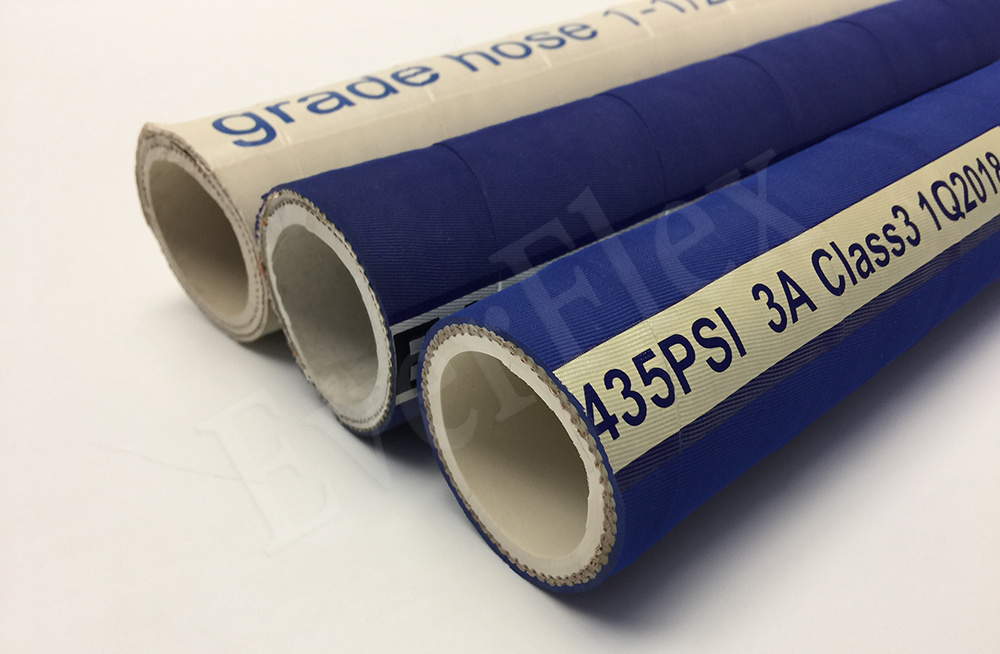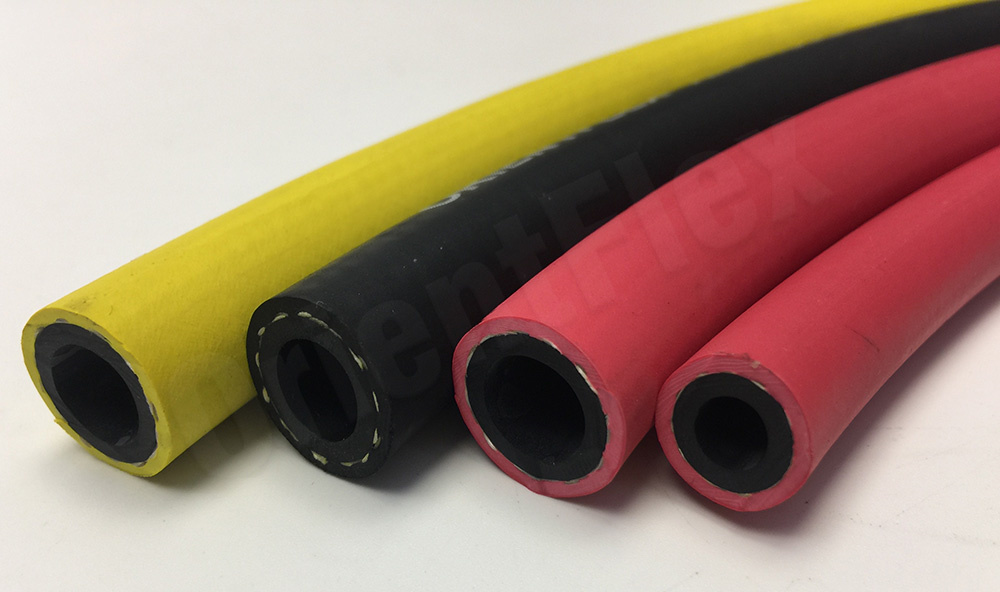Rubber hoses are flexible tubing made from rubber, including types like air hoses, water hoses, oil hoses, and food hoses. Typically, they have a long service life—but proper use and storage are key. Neglecting this can cause early aging or even failure during use. Let’s explore the critical factors for storing rubber hoses.
Temperature and Humidity
Temperature Range
Store rubber hoses between 10℃ and 25℃. Never exceed 40℃ or drop below 0℃. If temps fall below -15℃, take protective measures.
Heat Sources
Keep hoses away from heat sources.
Humidity Control
Excessive or low humidity harms rubber. Orientflex recommends maintaining humidity below 65%.
Light Exposure
Store hoses in dark areas, away from direct sunlight or artificial light. If warehouse windows exist, use screens to block light. Prolonged exposure causes rubber degradation, reducing hose performance.
Oxygen and Ozone Protection
Oxidation Prevention: Use proper packaging or airtight containers to shield hoses from oxygen.
Ozone Risks: Ozone corrodes all rubber products. Ensure warehouses lack ozone-generating materials, such as high-voltage equipment, motors, or items that produce sparks/arcs.
We’ve covered key storage factors, but more considerations exist. Follow Orientflex for deeper insights—we’ll share more helpful knowledge to optimize your rubber hose care.








